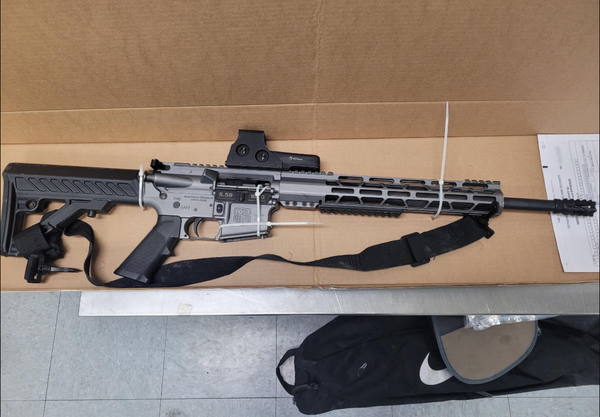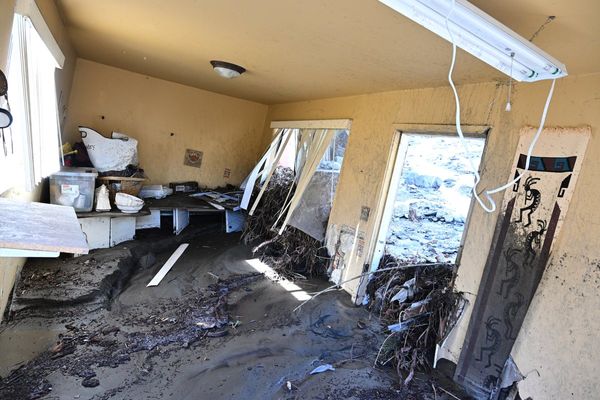A Nasa satellite has imaged an odd-shaped cloud called the “Taieri Pet”, appearing yet again over New Zealand’s South Island where it was last seen.
The satellite image shows the strange elongated cloud nestled along a rocky mountain range where it often occurs.
The peculiar cigar-shaped cloud is called an altocumulus standing lenticular cloud (ASLC) and is created when winds encounter a steep barrier such as a mountain range, Nasa explained in a statement.
“Taieri Pet is a product of the particular weather patterns and topography on the southern part of New Zealand’s South Island,” the American space agency said.
When wind is forced to flow up and over the mountains, it creates a wave in the atmosphere and as the air cools at the crest of the wave, the water vapor it contains condenses into such clouds.
These clouds appear smooth with well-defined edges.
Observers on the ground may see them as a “huge stack of pancakes” or a “pile of plates” hovering in one place.
This could mistakenly be interpreted as flying saucers.
“They look a lot like the traditional shape of flying saucers in science fiction, and real lenticular clouds are believed to be one of the most common explanations for UFO sightings across the world,” the UK Met Office says.
In New Zealand’s South Island, strong winds from the northwest pour over the steep-sided flat-topped Rock and Pillar Range that runs nearly perpendicular to the winds.
“As the cloud forms on the crest of this wave, it remains almost stationary in the sky and is shaped by the strong winds blowing through it,” New Zealand MetService meteorologist John Law said.
The presence of these clouds may also indicate that strong winds are blowing high in the atmosphere.
Meteorologists say Taieri Pet may be a warning sign that conditions around them may pose aviation hazards with strong wind currents and severe turbulence.
“Pilots of powered aircraft tend to avoid flying near lenticular clouds because of the turbulence that accompany them,” according to the UK Met Office.
The unusually low temperatures of these clouds may also cause ice to form on planes, the Met Office says.







